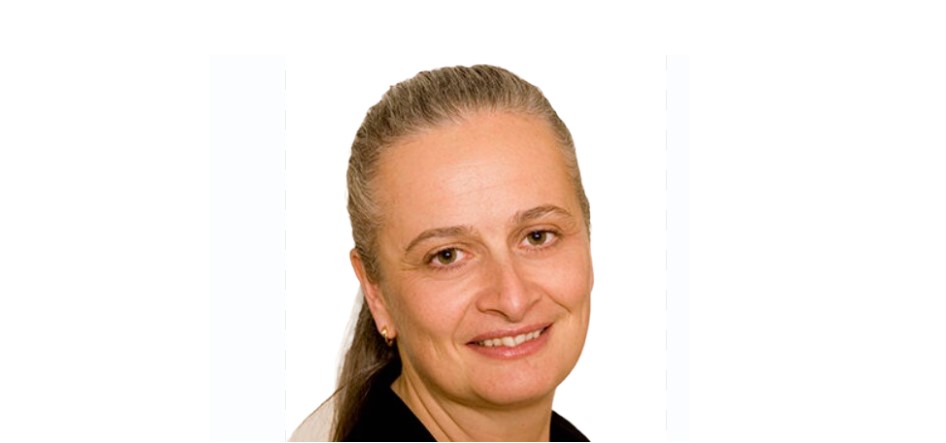[SPONSORED CONTENT]
Jennifer Gilchrist, proposition specialist for protection at Royal London, spoke to Health & Protection about how the market has recalibrated, adapting to new ways of handling claims and helping customers unlock the true value from added value services offerings.
DOWNLOAD HEALTH & PROTECTION’S INDIVIDUAL PROTECTION REPORT IN ASSOCIATION WITH ROYAL LONDON HERE
What’s your overall view of the market in terms of new business and in-force policy retention?
Since the pandemic the market has recalibrated itself following some highs in 2022 and a downturn in 2023.
Cost of living pressures and interest rates rising a number of times have had a knock-on effect for the housing market and potentially less protection being sold off the back of mortgages, but advisers have pivoted.
They’re looking at existing customers and how they can review cover to try and keep the protection market buoyant.
In 2023, the market contracted, but we’re actually seeing higher sums assured and higher premiums too, so it’s quite an interesting dynamic.
We’re now seeing light at the end of the tunnel with interest rates stabilising, although it’s coming down very slowly, and we’re seeing protection sales start coming back up.
As far as retention goes, advisers have been encouraging customers to reduce rather than cancel their cover, and providers have supported advisers to do that so retention rates have held up pretty well.
Claims payment times have been raised as a key issue by advisers. What do you see is the main concern here and how can insurers improve matters?
While Covid increased awareness of the need for protection, it also meant we’re experiencing much higher claims payments.
We’ve also seen the NHS struggle, the claims process requires getting medical evidence to support paying claims, and NHS waiting times have meant it’s taken us longer to get that evidence.
We are trying to adapt to a situation of not having medical evidence readily available, seeing how we get that as quickly as we can, but we are very much pivoting to alternatives to traditional GP reports, such as customer provided medical evidence.
We have our tele-claims function where you’re speaking to the customer or their family to provide as much evidence as possible, meaning you can cut down on what you need to ask a GP or a consultant.
However, sometimes that is not achievable and we need to ask for that further evidence; it’s about adapting as we go and trying to do other things.
Are added value services understood well enough by members and if not, what can insurers and advisers do to improve the situation?
While we’ve done a really good job of raising awareness of these services, there are also other services, aside from virtual GPs, that aren’t as visible where we can do a better job.
Some of the other attached services are really valuable as well, we see customers using them, whether it’s the members or their children.
Royal London has added value services from when we started back in 2003, we’ve always been advocates for this type of support.
We have fantastic case studies of people and it’s getting that front and centre with advisers so they have the material so they can bring these added value services to life.
It used to be that you use them when you were ill, and potentially in a claim, now there’s much more emphasis on the preventative side – mental health services or mindfulness, preventative app type services, face-to-face counselling or cognitive behavioural therapy (CBT).
We need to keep getting across how valuable these are and how they complement what you can get through the NHS.
DOWNLOAD HEALTH & PROTECTION’S INDIVIDUAL PROTECTION REPORT IN ASSOCIATION WITH ROYAL LONDON HERE
